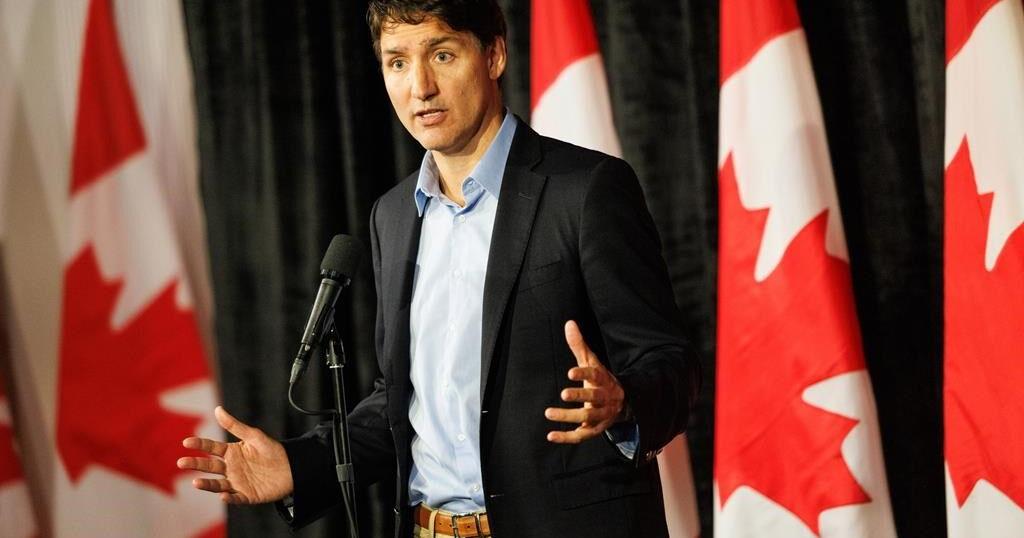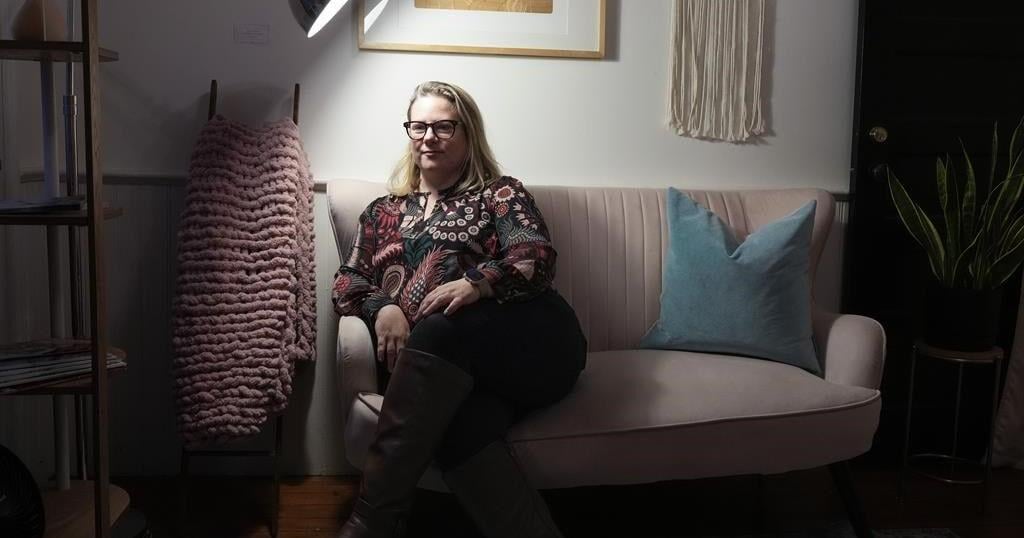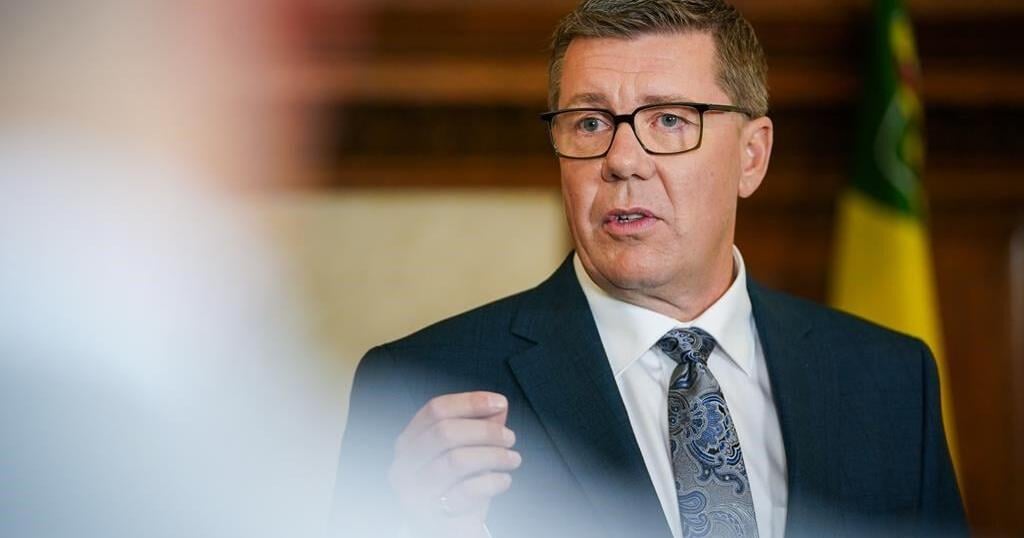Here is a roundup of stories from CanadaNewsMedia designed to bring you up to speed…
Cabinet retreat turns gaze to U.S. trade relations
Canada-U.S. relations will take centre stage today as the federal cabinet wraps up the third and final day of its annual summer retreat.
Current and former Canadian ambassadors to Washington are among the experts on tap to make presentations to the cabinet.
The U.S. remains Canada’s most dominant trading partner, accounting for more than three-quarters of Canada’s exports last year.
Canada, for now, is the single-largest trading partner for the U.S., but U.S. trade with Mexico may surpass its trade with Canada this year.
The upcoming U.S. presidential election and the possibility of a second Donald Trump presidency has been a chief concern for the Liberal government for months.
Here’s what else we’re watching…
Judge to decide main facts in Coutts sentencing
An Alberta judge is set today to outline the pertinent facts to be considered before the sentencing arguments begin for two men convicted of mischief and a weapons charge at the 2022 border blockade near Coutts, Alta.
Anthony Olienick and Chris Carbert were found not guilty by a jury on Aug. 2 of the most serious charge of conspiracy to commit murder against police officers.
The two men were found guilty of possessing a weapon for a dangerous purpose, and Olienick was convicted of possessing a pipe bomb.
A judge normally makes his findings of fact for sentencing based on his or her own decision, but after a jury trial the judge first hears arguments from both the Crown and defence on their interpretations of the verdict before formal arguments on sentencing begin.
The Crown says despite the not-guilty verdicts on conspiracy, the jury found them guilty of possessing a dangerous weapon and it must have believed the two men may have been ready to have a shootout with police.
A postwar history of railway shutdowns
The shutdown at Canada’s two major railways last week was not the first time a simultaneous work stoppage brought trains to a halt.
Joint job action at Canadian National Railway and what was then Canadian Pacific stopped rail traffic in 1950, 1966, 1973 and 1987.
Greg Gormick, who heads On Track Consulting, says that in 1950, as now, rail companies found themselves in competition with trucking and workers demanded big gains after a period of unsatisfactory wage boosts.
News reports from all four strikes note the consequences for the economy, particularly for agriculture, forestry and retail.
Experts say last week’s four-day shutdown, which ended Monday morning after a labour board decision ordered the companies and their workers to resume operations, marked the first time the two railways had locked out their employees simultaneously.
Younger Canadians missing credit payments: Equifax
An Equifax Canada report says missed credit payments were higher among younger Canadians in the second quarter due to living costs and unemployment.
Equifax says one in every 17 Canadians aged 26-35 missed a credit payment, compared with one in 23 overall.
The report says delinquency rates for auto loans and lines of credit were also particularly high among younger Canadians, indicating financial pressures faced by the demographic.
Equifax says the rate of missed credit payments among Canadians aged 26-35 was at 1.99 per cent in the second quarter of 2024.
The report says consumer debt levels rose to $2.5 trillion, up 4.2 per cent since the second quarter of 2023.
Bisexual man speaks out after near-deportation
Hours before Charles Mwangi was set to be deported on Sunday morning to Kenya, a country where he said he fled persecution as a bisexual man, he received a call that his deportation order had been cancelled.
While grateful, he wondered why he had been made to endure years of anguish and uncertainty only for an intervention to come in the eleventh hour.
“Why all this denial?” he asked.
It was a near-miss for the 48-year-old who had exhausted nearly all his options to stay in Canada since he arrived in 2019 on a visitor visa and applied for asylum. His asylum claim and subsequent appeals had all been denied, despite the risks he said he faced as a bisexual man returning to Kenya.
There, Mwangi said he fled abuse and death threats and feared he would be killed if he returned. Those threats continued to come in from abroad even while he lived in Canada, he said, and his wife and three children in Kenya were forced into hiding.
This report by The Canadian Press was first published Aug. 27, 2026.

























